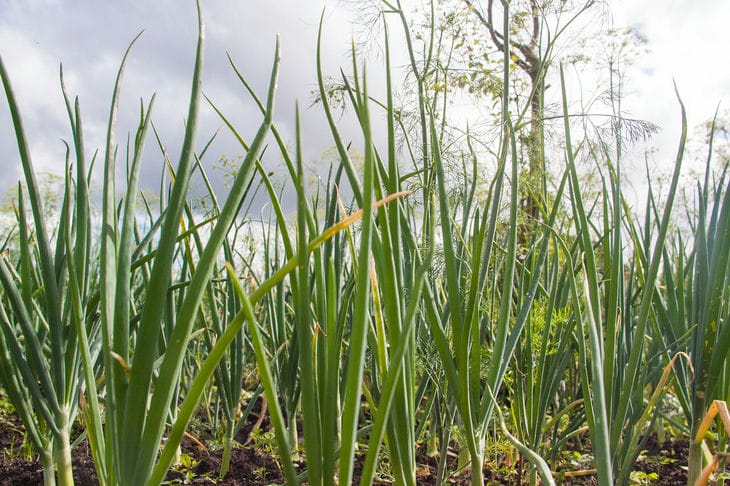Imagine succulent leeks as thick as your wrist. Sound like a dream?
It turns out that even a beginner can grow such a crop. The main thing is to know the tricks that will turn fragile sprouts into powerful plants with a fleshy white stem.
Start at the right moment
Sowing begins at the end of winter, when there is still snow outside. February plantings have time to get stronger by April, preparing to move to the beds.

For seedlings, choose wide containers with drainage holes. Seeds are distributed at a distance of 4-5 cm from each other, otherwise the seedlings will begin to compete for light and nutrients.
Soil as the basis for success
The soil is mixed from humus, peat and sand (2:1:1), adding a handful of ash to neutralize the acidity.
The seeds are planted 1 cm deep, sprinkled, moistened with a spray bottle and covered with film.
Greenhouse conditions accelerate germination: the first shoots appear in 10–14 days at a temperature of +18…+20°C. After the sprouts hatch, the cover is removed and the temperature is lowered to +16°C to avoid stretching.
Pruning for yield
At the stage of 3-4 true leaves, the tops are carefully shortened by a third with scissors. This technique directs the plant's resources to thickening the stem and developing roots. The procedure is repeated every two weeks, but stopped a month before planting in the ground.
Moving to a permanent location
By mid-April, seedlings begin to adapt to outdoor conditions: they are taken out onto the balcony for an hour at first, gradually increasing the time.
For planting, dig trenches 15 cm deep, leaving 30–40 cm between rows. Place seedlings at intervals of 20 cm, covering with soil up to the first leaves.
As the stem grows, the trenches are gradually filled with soil - this lengthens the edible white part.
Watering without fanaticism
Leek roots do not tolerate stagnant water. The soil is moistened once every 5-7 days, but abundantly - to a depth of 10-12 cm. In drought, the frequency is increased, avoiding water getting on the leaves. After each watering, the soil is loosened to provide oxygen access.
Following these rules guarantees a harvest that will surprise even seasoned summer residents. Strong stems with a delicate taste will become the star of soups, side dishes and winter preparations.
